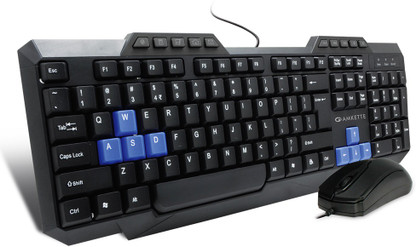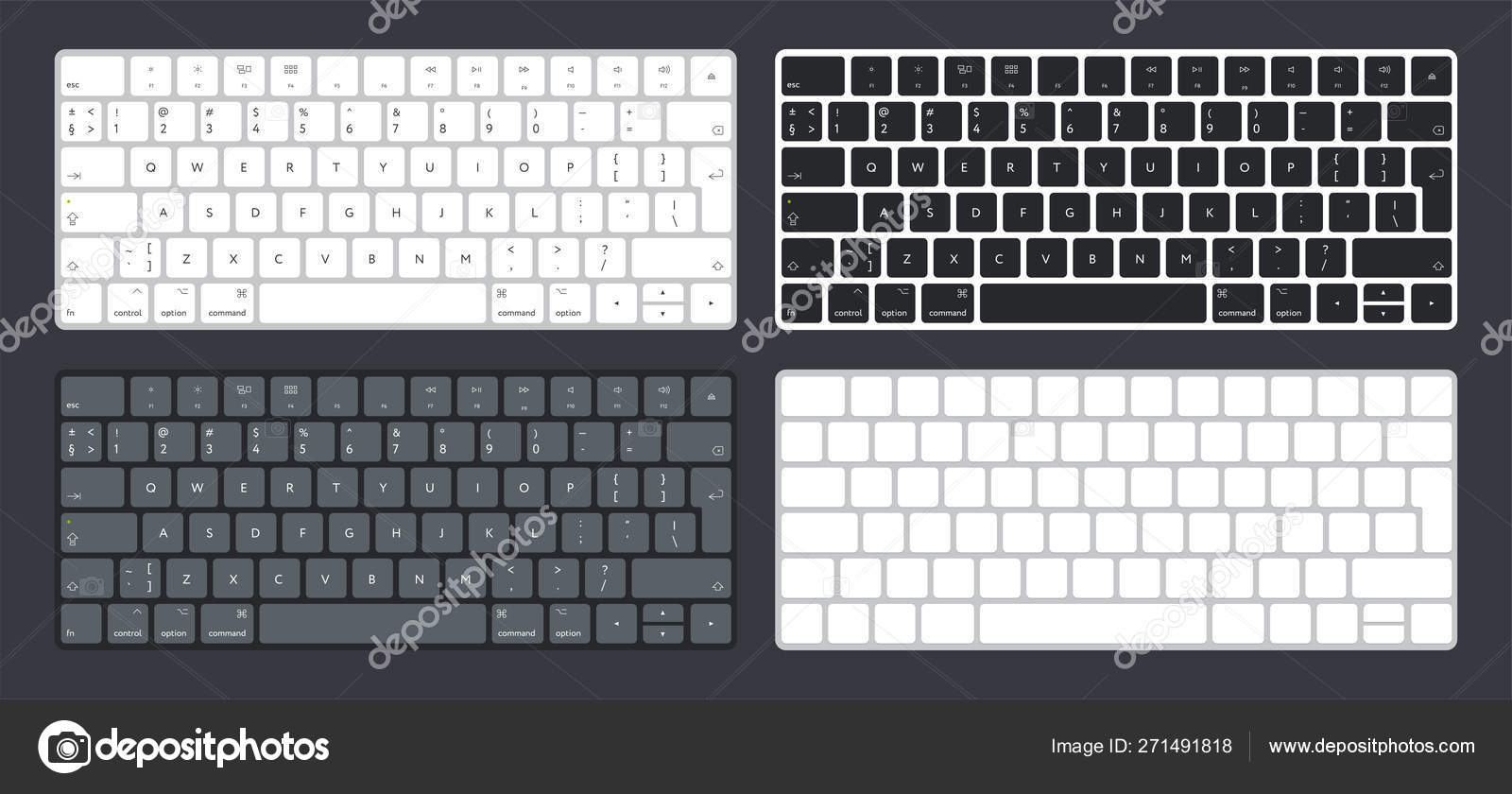
If the problem persists, it’s likely that your driver is outdated, rather than faulty, and you should try Method 4 below. To fix it:ġ) Right-click the Start button, then click Device Manager.Ģ) Expand Keyboards then right-click Standard PS/2 Keyboard and click Uninstall.Ĥ) Restart your computer after the uninstall. If your keyboard driver has developed a fault, your keyboard may stop working. If it is, you should turn it off and see if that resolves the problem.ġ) On your PC desktop, click the Action Center icon in the lower-right corner and click All settings.Ĥ) Ensure Filter Keys is OFF, and close the window. Unfortunately, if turned on, this setting has been known to cause some keyboards to stop working in Windows 10. Windows has a setting, called Filter Keys, that allows you to control how it deals with accidental repeated keystrokes. If the device you just plugged in does work, then continue to Method 2. If that device doesn’t work either, the USB port itself is the problem, and you should skip straight to Method 4. You should always check for this problem first.įortunately it’s easy to test: simply unplug the keyboard from the USB port and plug in another USB device – like a mouse or an external hard-drive. Usually it’s because of a driver problem. Sometimes a USB port can just stop working when you upgrade to a new version of Windows. Update your keyboard and USB drivers (recommended).Just work your way down the list until you find the one that fixes the problem.

Many other Windows 10 users are reporting the same problem, especially after installing the KB4074588 update since February, 13, 2018.Īnd fortunately, there’s a solution.


If you’ve recently upgraded to Windows 10 and now your keyboard isn’t working, you’re not alone.


 0 kommentar(er)
0 kommentar(er)
